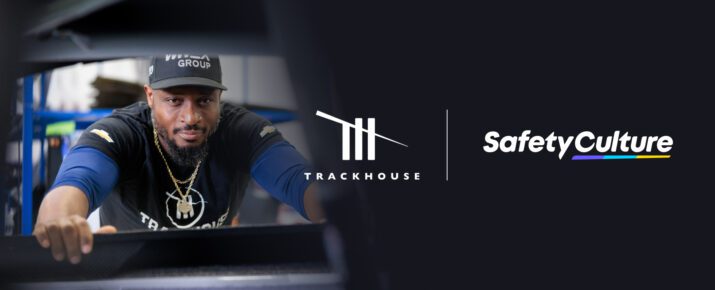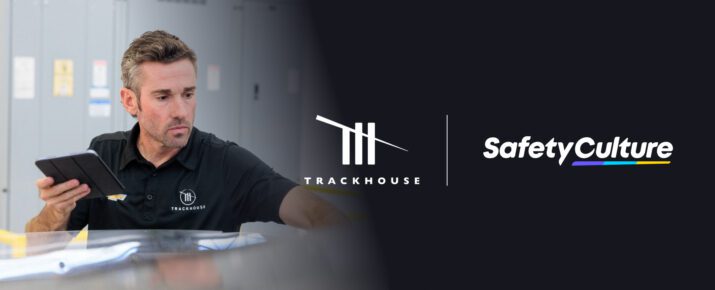Before the first serve – preparing for the Australian Open
Moments That Matter | By | 10 Jan 2024 | 3 minute read
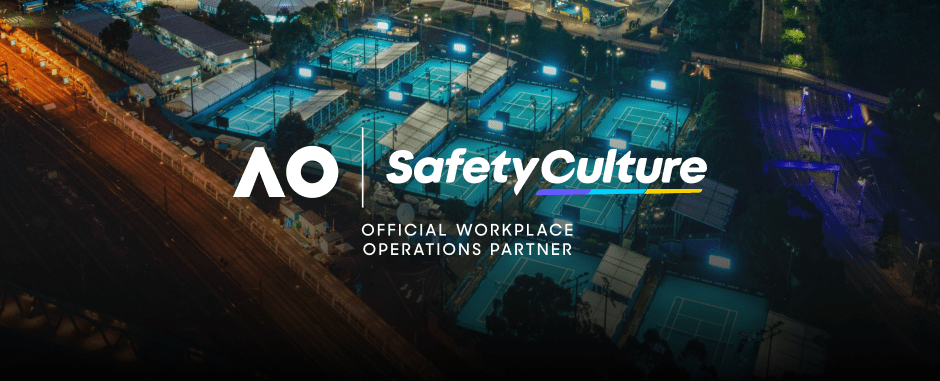
The air in Melbourne Park is thick with anticipation as the teams at Tennis Australia steadily set the stage for opening day. Preparation is key, and a lot goes on before the first serve. The Australian Open is a massive logistical operation with 12,000 staff welcoming more than 800 players and 900,000 fans over two weeks, and then broadcast to over a billion fans worldwide. It also brings its challenges, so to prepare for that, more than 600 full-time staff spend the entire year planning.
We chat with some of the key people about what it takes to prepare for such a momentous event.
Craig Tiley, CEO
From quirky rituals to his vision for the Open, Craig unpacks what really goes into managing one of Australia’s biggest sporting and entertainment events.
SafetyCulture enables Craig and his teams to thoroughly deliver on the complexity of every element of the tennis tournament. “The massive logistical exercise that we go through requires meticulous planning, and the SafetyCulture platform enables us to get to the point where we deliver a great event, 75 days before we start. That’s when we actually start the build, and we’ll bring more than 60,000 different items onto the site that are shipped from around the world,” Craig says.
“Whether it be the ballkids or court services, customer experiences, retail or sustainability teams, they’re all using SafetyCulture to deliver the Australian Open that not only the fans love, but that our workforce feels great about.”
Craig Tiley, CEO, Tennis Australia
Harry Allen, First-Time Ballkid
Across the country, our next generation of ballkids have trained hard ahead of their January debut. Together, these 400-plus young people have completed 20,000 lessons to become the best in the business.
One such ballkid is Harry Allan from Beulah in regional Victoria, who has just completed his trials, training and preparation – both in person and on the SafetyCulture platform.
Harry lives on a 10,000-acre farm growing lentils, canola, barley and wheat. All that wide-open space makes it the perfect setting to learn the tricks of the trade. Everything from the perfect roll, to what to expect in tryouts, and how to deal with extreme weather conditions during play.
Despite living 360km outside of Melbourne, Harry and his mum are dedicated to his dream of being a ballkid. They’ve never missed a training session, each weekend making the three-hour drive to Ballarat before catching a train to the city to make that morning’s training.
The ballkid program reaches kids like Harry from Beulah to others in Cudgewa, and Pie Creek. Thanks to the power of technology, like SafetyCulture Training, these young people are given access to this once-in-a-lifetime opportunity to becoming a 2024 ballkid.
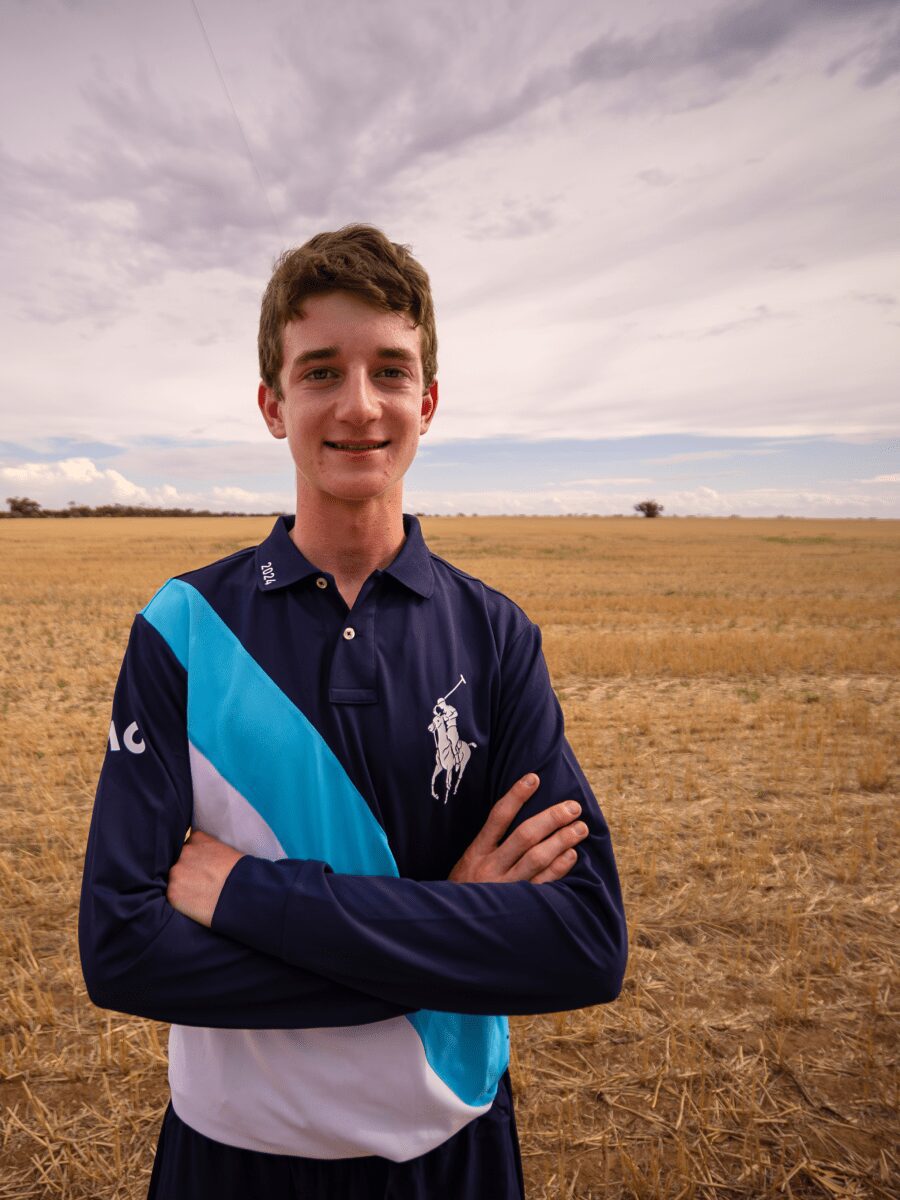
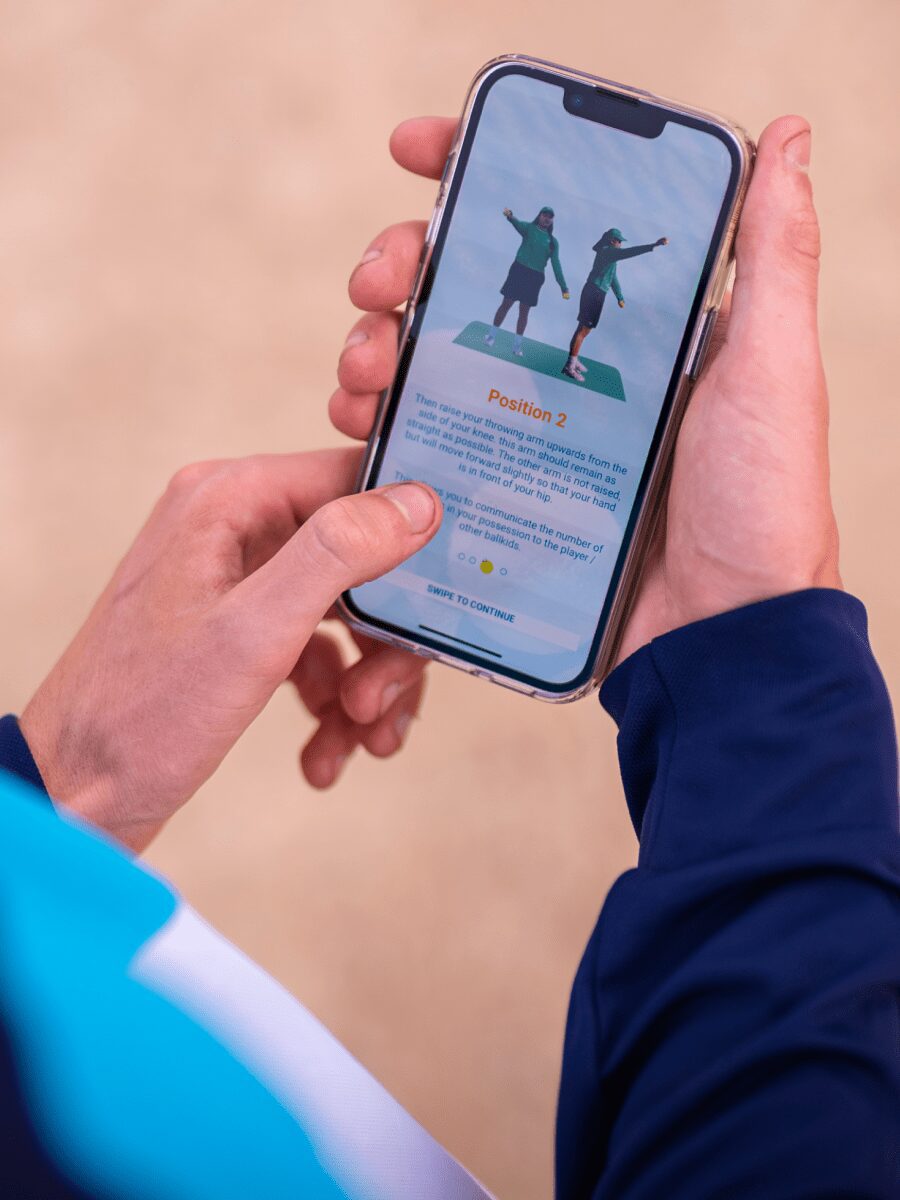
Phill Monaghan, Head of Infrastructure
The Australian Open is a massive logistical feat. Growing in size and temporary structures each year, Phill’s team faces the colossal task of preparation, knowing there is no true test until the crowds pour in on the first day. If you’ve enjoyed a meal at one of the many food outlets or a drink at the courtside bar, you can bet Phill and his team were behind that.
They’re faced with the pressures of over 900,000 fans attending across two explosive weeks. If something breaks along the way, they have just 12 hours to turn it around and fix it before the crowds come streaming in the following day.
See what else we’ve served up with the Australian Open
- Everything you need to know about our partnership with the AO
- How the AO is using SafetyCulture to serve up a better way of working
- Explore the training tool the ballkids used to be the very best
Important Notice
The information contained in this article is general in nature and you should consider whether the information is appropriate to your specific needs. Legal and other matters referred to in this article are based on our interpretation of laws existing at the time and should not be relied on in place of professional advice. We are not responsible for the content of any site owned by a third party that may be linked to this article. SafetyCulture disclaims all liability (except for any liability which by law cannot be excluded) for any error, inaccuracy, or omission from the information contained in this article, any site linked to this article, and any loss or damage suffered by any person directly or indirectly through relying on this information.
